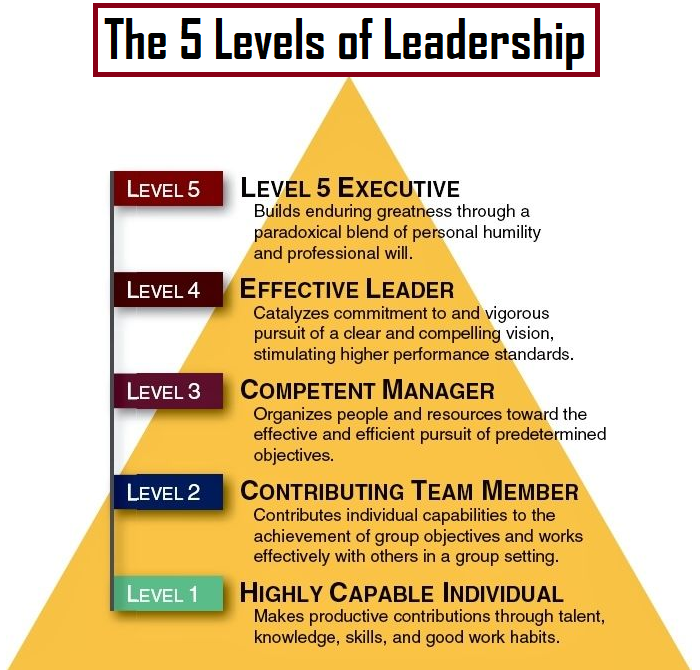The role of a Dungeon Master (DM) in Dungeons and Dragons (D&D) presents an opportunity to explore and exhibit various leadership qualities. In this post, we examine how DMs embody the principles of the 5 Levels of Leadership, as outlined by leadership expert John C. Maxwell. We delve into the levels of leadership—position, permission, production, people development, and pinnacle. Exploring how DMs exemplify these levels in their game facilitation. Where are you on the journey of achieving level 5 leadership?

Level 1: Position Leadership – Leading by Title
At the initial level, DMs display positional leadership, as they are given the authority and responsibility to guide the game. Of course, with the position of DM, they have the power to set the stage, establish rules, and direct the narrative. Through effective use of their position, DMs can gain the respect and compliance of the players, setting the foundation for leadership development.
Level 2: Permission Leadership – Earning Trust and Respect
Permission leadership is built on establishing meaningful connections and fostering trust. DMs earn the trust and respect of the players by creating a safe and inclusive game environment. Therefore, they encourage open communication, actively listen to player input, and demonstrate empathy. By cultivating a sense of permission, DMs gain the willingness of players to follow their guidance and make the gaming experience enjoyable for everyone.
Level 3: Production Leadership – Achieving Results
Production leadership is characterized by achieving tangible results and delivering a high-quality gaming experience. DMs demonstrate their leadership by crafting engaging and challenging adventures, designing memorable encounters, and facilitating character growth. Consequently, through their ability to create impactful and rewarding experiences, DMs motivate players to actively participate, invest in the game, and achieve shared goals.
Level 4: People Development Leadership – Investing in Growth
People development leadership focuses on empowering and developing others. DMs exhibit this level of leadership by nurturing the growth and potential of the players. They provide constructive feedback, offer opportunities for character progression, and encourage players to explore their creativity. DMs also foster a mentorship culture, guiding and supporting players in their personal and gaming journey.

Level 5: Pinnacle Leadership – Creating a Legacy
Pinnacle leadership involves creating a lasting impact and leaving a legacy. Consequently, DMs who reach this level inspire and influence beyond the game. Ultimately, they inspire players to become DMs themselves, passing on their knowledge, passion, and love for the game. Pinnacle leaders create a culture of leadership within the D&D community. This is achieved by empowering others to embrace their leadership potential and continue the tradition of immersive storytelling and adventure.
Final Thoughts on Level 5 Leadership
Of course, I believe Dungeon Masters exemplify leadership qualities aligned with the 5 Levels of Leadership. Through their positional authority, DMs lay the groundwork for their leadership journey. By earning trust and respect, they cultivate permission leadership, enabling them to guide the game effectively. DMs showcase production leadership by delivering compelling experiences, while their investment in player growth reflects people development leadership.
Ultimately, the pinnacle of DM leadership lies in the legacy they create, inspiring others to become leaders in their own right. By recognizing and embracing these leadership qualities, DMs can not only excel in the game but also transfer their leadership skills to various real-life contexts.
